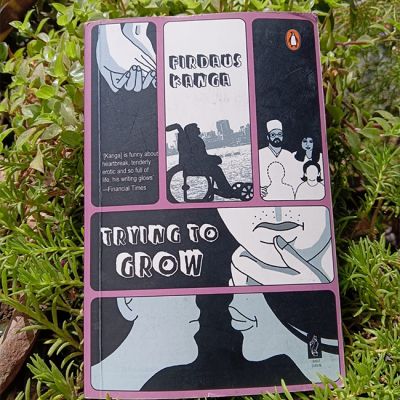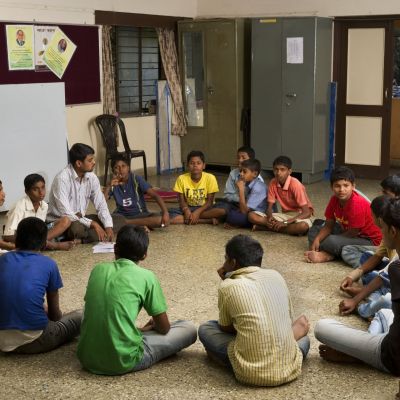Feminism
It’s time to scrape off the thick dark crusts of carelessly slapped-on murky hues of toxic masculinities and to bring out the brushes and the paints to paint masculinities in their true and glorious colours of life, freedom and love.
Even her talking to other men elicits a growl from these men, and it’s all supposed to be okay because they’re billionaires and 6’5 feet tall or something, oh and did I mention the abs?
Men perform an identity that they don’t fully understand. The pressure to appear strong while feeling the full range of emotions that they cannot express creates a hollow inside, creates a quiet dissonance, a loneliness that is rarely spoken of but deeply felt.
Apart from the masculinity portrayed in commercial films with heterosexual tropes, Bollywood has produced movies portraying distorted female masculinity.
Social media and dating platforms provide new opportunities for connection, but they also elevate the potential risk of harm associated with any online engagement. The anonymity of the interaction can serve both as a source of freedom and potential exploitation.
Adolescence manages to highlight the reality of growing up in a world with the Internet where everything – the good, the bad, the questionable – is only a touch away.
The novel turns the idea of masculinity on its head through the story of Brit, a boy who is as sharp as he is fragile. Born with osteogenesis imperfecta, Brit’s bones break easily, but his spirit doesn’t.
Masculinity is like a script given to boys early in their lives. There is a constant pressure to fit into the box of toughness, and be silent and dominating. But what if we all rewrite this script?
पितृसत्ता ने मर्दानगी को विषमलैंगिकता और यौनिक वर्चस्व से जोड़ा है, जिससे पुरुषों पर ‘सच्चा मर्द’ बनने का दबाव बढ़ता है। यह न केवल समलैंगिक और द्विलैंगिक पुरुषों को हाशिए पर डालता है, बल्कि विषमलैंगिक पुरुषों के लिए भी यौनिक अभिव्यक्ति को सीमित करता है।
Looking down upon the earth from many miles up in the sky, the divisions between land masses and water bodies…
Could it be that other changes in our lives make it even more difficult to conceive the desire of the ‘other’, specifically of those with whom we don’t share as many conversations, with whom we’ll soon, I expect, lose entirely the ability to speak?
Intimacy can never thrive in an environment of rigid certainty. Intimacy requires surrender – not in the sense of submission – but in the willingness to be with another person without detachment or defences.
The language of consent is not neutral. It is rigid where it should be nuanced, malleable where it should be firm. Yes is an all-encompassing spirit, ever-expanding; No is frustratingly constricted, barely visible.
There may be situations in which a person’s responses might not be unquestionably equated with consent. Is consent merely a ‘yes’ or does one need to look for other cues to make sure their partner wants the same thing as them when it comes to intimacy?
The sheer ignorance of the intricacies of consent, or its performance, serves only to strengthen the enduring patriarchal framework that holds sway in a society where the bodies, desires, and even voices of women have been, and, tragically, continue to be, defined and controlled by men.
Consequently, a “yes” – whether verbal or gestural – cannot be shallowly inferred as an authentic, unambiguous, and static agreement to a “contract” proposed by men.















